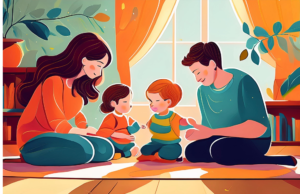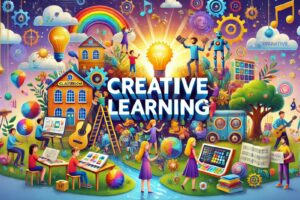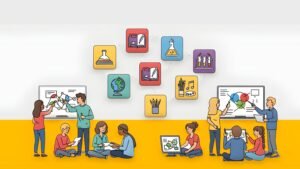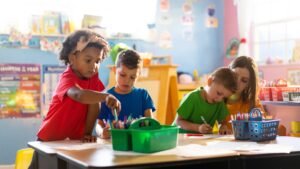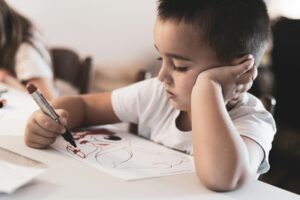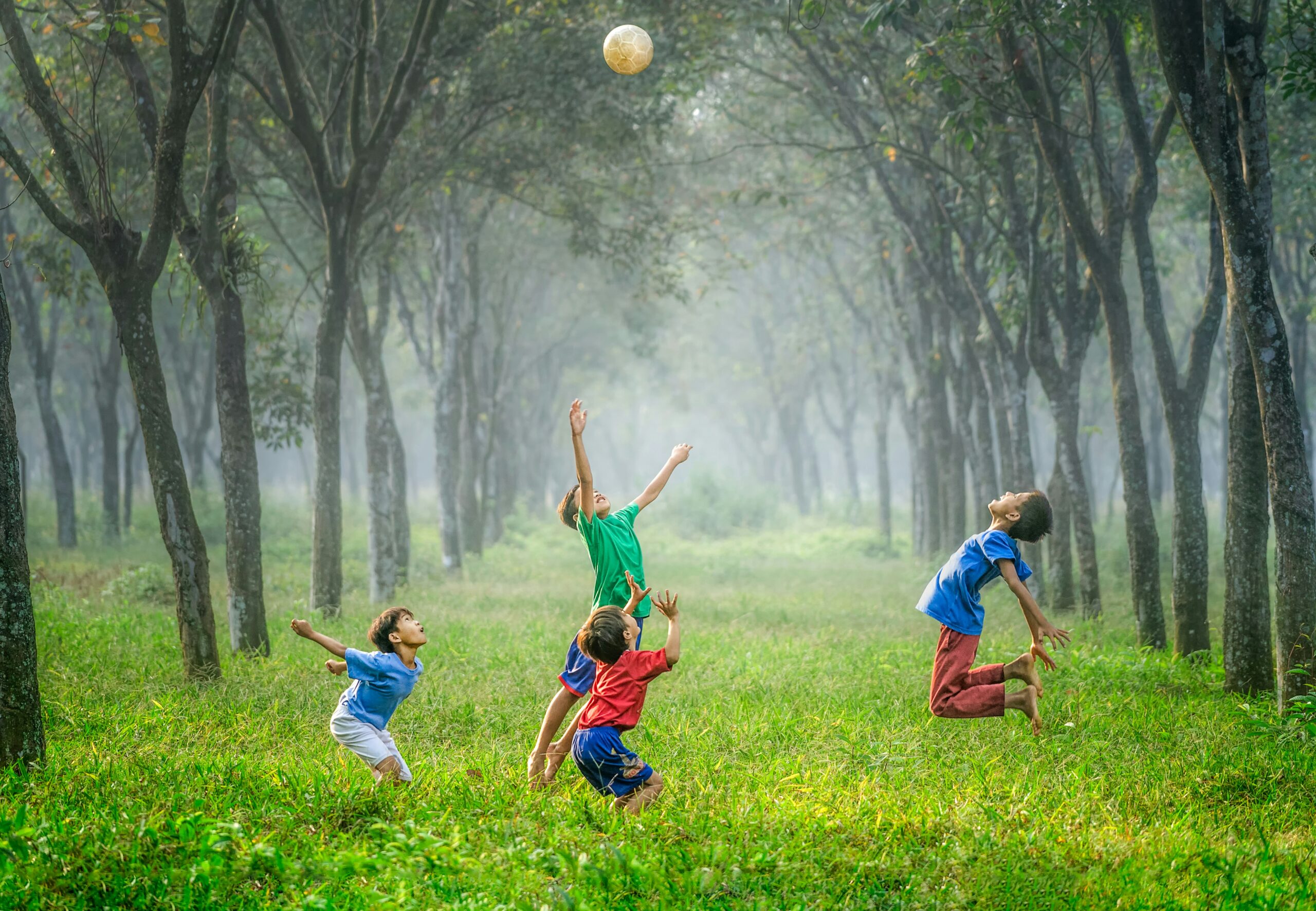Understanding Creative Learning
Creative learning is a dynamic approach to education that emphasizes the importance of exploration, expression, and experimentation in the developmental process of children. This educational method fosters a child’s innate desire to learn and grow through imaginative play and inquiry-based practices. By engaging with creativity, children are encouraged to investigate their surroundings, ask questions, and develop new ideas, facilitating a deeper understanding of the world around them.
The significance of creative learning in child development cannot be overstated. During early childhood, children undergo profound cognitive growth, making it imperative to provide them with opportunities that promote critical thinking and problem-solving skills. Creative learning experiences allow children to approach challenges from multiple perspectives, developing a mindset that embraces innovation and adaptability. As they navigate problems creatively, children cultivate resilience—learning how to manage failure and persist until they achieve their goals.
Furthermore, the relationship between creativity and cognitive development is robust; research emphasizes that engaging in creative activities enhances neural connections and nurtures various cognitive functions. The more children express themselves through art, play, and inquiry, the more they refine their ability to think critically, plan effectively, and adapt to new situations. This integration of creativity into early education is not merely beneficial but essential, as it shapes not only academic success but also emotional intelligence and social skills.
Ultimately, recognizing the value of creative learning provides educators and caregivers with a framework to implement multifaceted teaching strategies that foster curiosity and engagement. By cultivating environments rich in artistic expression, imaginative play, and inquiry-based methods, we empower our children to become lifelong learners equipped to navigate the complexities of the world with ingenuity and confidence.
The Role of Art in Creative Learning
Art plays a crucial role in fostering creative learning in children, providing them with essential avenues for self-expression and communication. Engaging in various forms of artistic activities, including visual arts, music, and drama, allows children to explore their inner thoughts and feelings in an imaginative way. For instance, drawing and painting can serve as a medium for children to depict their experiences and emotions, enabling them to communicate more effectively than with words alone. Similarly, music offers a rhythmical platform for emotional expression, while drama encourages imaginative exploration through character and storytelling.
In addition to enhancing communication skills, art engagement offers important therapeutic benefits that can significantly impact a child’s social and emotional development. Through participation in art-based activities, children often experience a boost in self-esteem as they create and share their work with peers and educators. This sense of achievement fosters a positive self-image and empowers children to take pride in their unique abilities and perspectives. Moreover, collaborative art projects promote teamwork and cooperation, teaching children how to value the input of others and work towards a common goal.
The integration of art in the educational process also contributes to the cultivation of critical thinking and problem-solving skills. When children are encouraged to approach artistic tasks with curiosity and inquiry, they learn to experiment, make choices, and navigate challenges creatively. This type of open-ended exploration not only enhances their artistic capabilities but also nurtures their overall cognitive development. By combining artistic engagement with educational objectives, educators can create a holistic learning environment that supports creativity and innovation in children. Ultimately, the significance of art in creative learning cannot be overstated, as it lays the foundation for expressive communication, emotional well-being, and collaborative growth.
Play as a Catalyst for Inquiry and Exploration
Play serves as a fundamental component of children’s development, functioning as a catalyst for inquiry and exploration. Various types of play—structured, unstructured, and guided—each contribute uniquely to a child’s learning experience. Structured play typically involves specific rules or objectives, fostering discipline and focus while allowing children to engage with educational content systematically. Conversely, unstructured play offers freedom and spontaneity, encouraging creativity and self-expression. This form of play nurtures natural curiosity, sparking questions and inviting children to seek their answers through exploration.
Guided play, which strategically incorporates adult involvement, can also enhance inquiry-based learning. In this approach, educators and caregivers facilitate interactions, prompting children to observe, investigate, and engage with their surroundings more deeply. By using open-ended questions and providing various materials, adults can create a rich environment that fosters problem-solving skills and critical thinking. For instance, during a science experiment, if a child encounters a challenge, a guided discussion may help them assess the situation, hypothesize potential outcomes, and adjust their approach accordingly.
The significance of a play-rich environment in early education cannot be overstated. Such an environment encourages playful interactions, which inherently lead to deeper understanding and engagement with learning materials. When children are given the opportunity to explore concepts through play, they are more likely to retain knowledge and apply it in real-life situations. Research indicates that playful learning experiences foster emotional, social, and cognitive development—all essential components for effective inquiry-based education. In essence, cultivating a play-based approach not only enhances creativity but also empowers children to become active, engaged learners, ready to navigate the complexities of their world.
Integrating Art, Play, and Inquiry-Based Methods in the Classroom
Integrating art, play, and inquiry-based methods into the classroom provides children with rich opportunities to explore their creativity while enhancing their learning experience. Educators can implement several practical strategies to foster a creative learning environment that promotes critical thinking, collaboration, and self-expression.
One effective approach is project-based learning, where students engage in in-depth investigations of real-world problems or questions. This method encourages learners to collaborate, conduct research, and produce tangible outcomes that reflect their understanding. For instance, a fifth-grade class could embark on a project exploring local environmental issues, using art to create informative posters or digital presentations that communicate their findings. Such projects allow children to connect their learning to their surroundings and apply knowledge across different disciplines.
Incorporating art into core subjects can also strengthen the learning experience. For example, teachers can integrate visual arts with literacy by encouraging students to illustrate scenes or characters from the texts they are reading. This visual representation deepens comprehension and allows children to express their interpretations creatively. Similarly, incorporating music or drama into history lessons can make past events more relatable and memorable, providing a multi-sensory approach to learning.
Moreover, creating flexible classroom environments enhances the integration of art and play. Classrooms that provide various materials and resources, such as art supplies and open-ended activities, encourage exploration and creativity. Allocating time for unstructured play—whether through creative centers or outdoor activities—helps children develop problem-solving skills and social interactions essential for their growth. Real-world examples, such as schools successfully embracing STEAM (Science, Technology, Engineering, Arts, and Mathematics) initiatives, demonstrate that this integrated approach leads to stronger engagement and improved learning outcomes.
Fostering an atmosphere that values creativity and inquiry will inspire students and lay the groundwork for lifelong learning.




